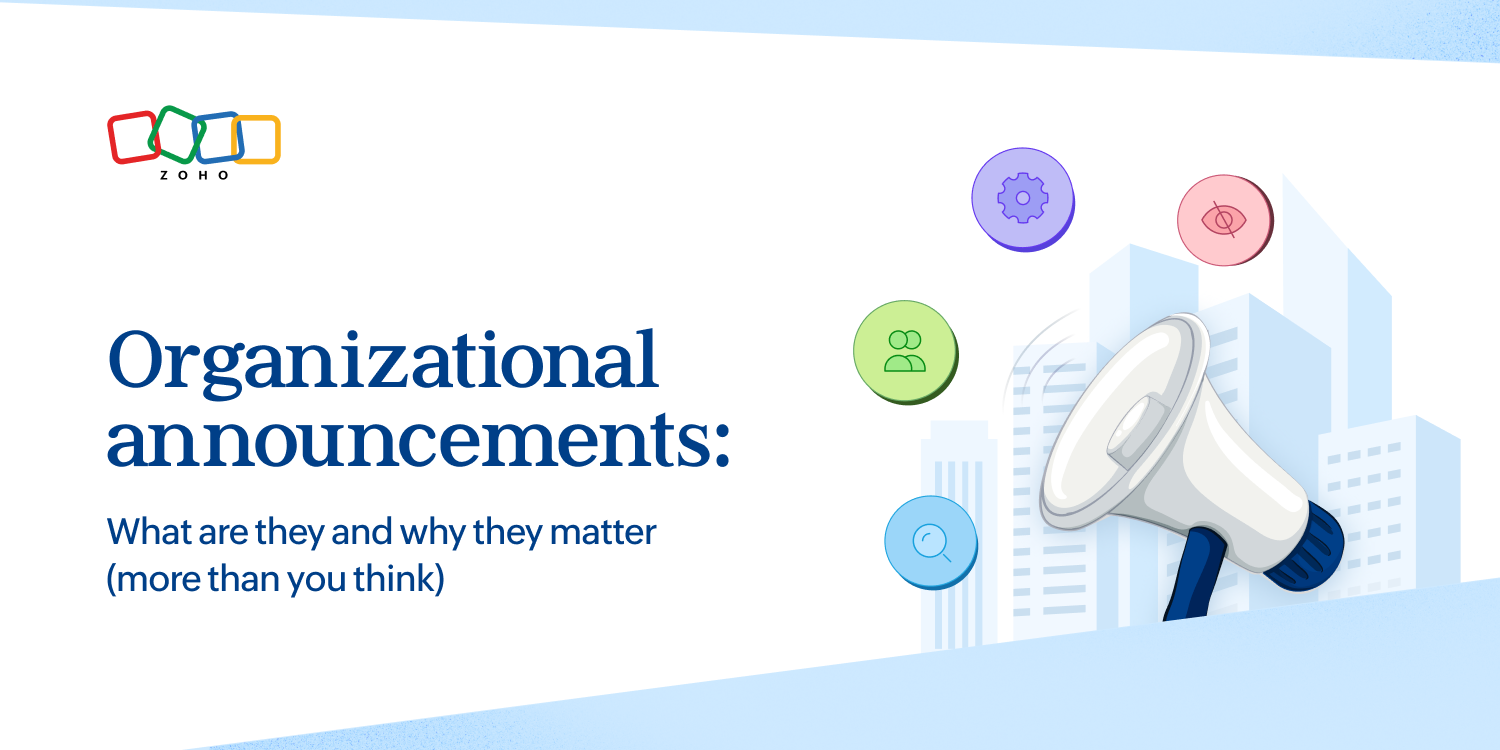- HOME
- All Topics
- Collaboration and Digital Workplace
- All you need to know about the hybrid work model
All you need to know about the hybrid work model
- Published : June 12, 2024
- Last Updated : October 17, 2024
- 963 Views
- 4 Min Read
There's a vast difference in the way we work now. We went from the traditional brick-and-mortar office to a global work-from-home design. Surprisingly, companies adapted to this shift better than we anticipated.
Not every company can support a fully remote work model; some workers might have to come to the office, while others may have the flexibility to work remotely. To accommodate both sides of this issue, many companies are embracing a hybrid work model.
What is the hybrid work model?
A hybrid work model is a blended schedule where employees work from the office as well as remotely in a given week. For example, employees might work three days remotely and two days in the office. Replacing the typical 9-5 schedule, this work model offers more flexibility to employees.
Robust communication and team collaboration tools are indispensable in setting up a hybrid workspace since employees will need to work together as they would if they were in the same location.

Hybrid productivity
When we think about employees working remotely, the first question that comes to our mind is, "Can a hybrid work model drive the same level of productivity as a traditional workspace model?"
Harvard studies revealed that productivity rose by 4.4% in work-from-anywhere models. While productivity can mean different things to different people, these studies prove that a hybrid work culture will yield higher productivity in part by allowing employees to work at their most productive times and from a convenient location.
How to adapt to a hybrid work model?
Hybrid work models offer a combination of flexibility and the social interaction we missed over the last few years, making it seem like the ideal situation. That said, there are a few things we need to know in order to embrace hybrid work and implement it properly.
Ask employees what they want
By now, employees have had the opportunity to work remotely and in the office, giving them an idea of what model suits them better. They likely know where and when they are more productive and will appreciate the option to choose their remote and in-office days.
Set up hub-and-spoke offices
In a hybrid model, the organization has less control over the employees' remote environment. To compromise, companies can choose to set up dedicated office spaces separate from their main office in different locations. This can encourage employees to go to an office that's closer to where they live so they can properly work in a more productive environment.
Equip them with the right tools
Whether it's from the office or a remote location, working with the right tools for the job makes all the difference. Invest in tools that allow employees to access the company's resources securely and collaborate with their team whenever they want, no matter their location.
Gather employee feedback
Requesting employees' feedback can help build and improve your hybrid work model. Send out quarterly feedback surveys and be open to accommodate the evolving needs of your employees.
Blend your current company culture with a hybrid-friendly culture
Organizations need to reinforce their workplace culture in a hybrid environment, more than they do in an in-person model. Company values and practices connect employees with the organization and help them stay aligned with their main objective. Regular town hall meetings, consistent updates on your company's social intranet and efficient internal communication can make your employees feel connected even when they're remote.
Advantages of hybrid work models
Better work-life balance: While working remotely or from the office full-time, the line between work and one's personal life is often blurred. A hybrid environment enables employees to work from a convenient place and at varied times. This gives people more time to attend to personal needs that they wouldn't be able to do on a normal in-office day.
Workplace connection: Hybrid work models are a great way to rekindle connections and strengthen collaboration with teammates by allowing employees to get some in-person time when necessary, without forcing everyone back to the office permanently.
Enhanced productivity: Granting more flexibility gives employees more control over their schedules. For example, they can choose to commute to the office on some days or save that time and work from home on others, depending on their workload. Beyond that, hybrid work enables them to work when they are most productive instead of taking designated breaks in the office.
Space for creativity: Some jobs require more creativity than others. Instead of being tied to the office desk or at home, employees can choose to work in a refreshing environment like a cafe that induces creativity and innovation.
Breaks from the crowded workplace: Sometimes, working in a packed space can make it difficult to focus. Hybrid work models make offices less dense and therefore give employees a better space to concentrate whether they are working remotely, in a less-crowded hub-and-spoke office, or in the emptier main office.
Wrapping up
The hybrid model is the future of work, and making a few changes can significantly help make this modern concept accommodate everyone. Watch this space to learn more about hybrid work and effective tips for productivity during these evolving times.


